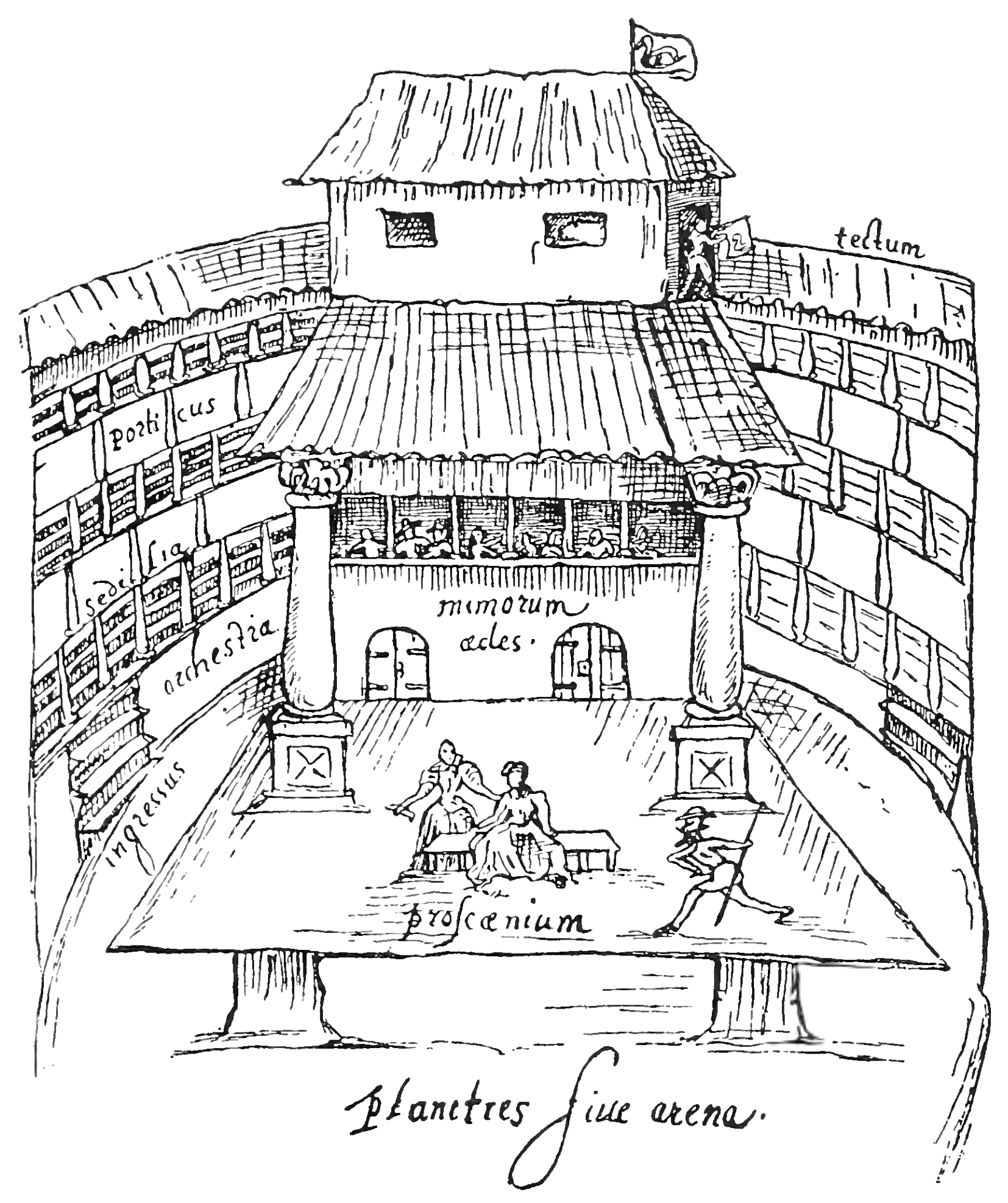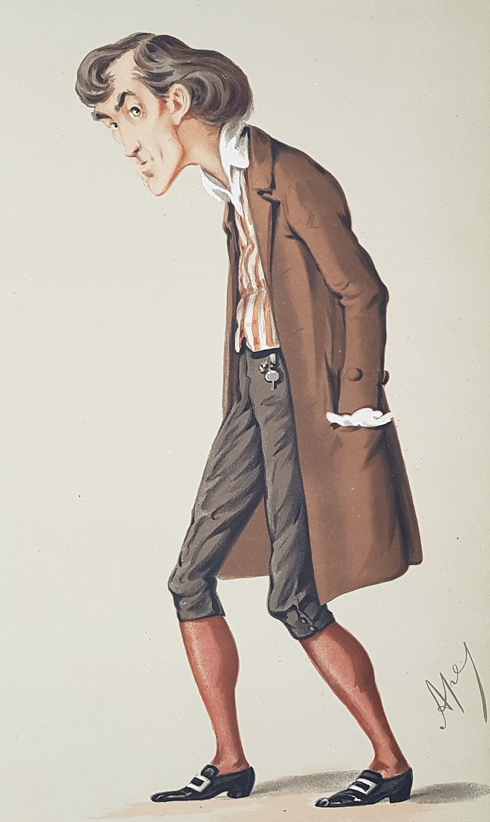|
Sonia Mann (actress)
Sonia Mann is an Indian actress and model. She has appeared in films and music videos. Early life and education Mann was born in Haldwani to Baldev Singh Mann and Paramjit Kaur. Her father was a left wing activist. He was killed by militants in Amritsar on 26 September 1990 when he was on his way to see his new-born daughter. She was brought up in Amritsar. She completed her school life from Holy Heart Presidency School. Then she completed her college life from BBK DAV College for Women, Amritsar. Career Mann appeared in many Punjabi language, Punjabi music videos. Her Malayalam film ''Hide n' Seek'' in 2012. Then, she appeared in another Malayalam film titled ''Teens'' which was released in 2013. She also appeared in a Punjabi film titled ''Haani (film), Haani'' which was released in 2013. Her Punjabi film ''Bade Changey Ne Mere Yaar Kaminey'' was released in 2014. She also appeared in a Hindi film in that year titled ''Kahin Hai Mera Pyar''. Mann's Telugu film ''Dhee Ante ... [...More Info...] [...Related Items...] OR: [Wikipedia] [Google] [Baidu] |
Kahin Hai Mera Pyar
''Kahin Hai Mera Pyar'' () is a 2014 Indian Hindi-language romance film directed by Mahesh Vaijnath Doijode. The film stars Jackie Shroff, Sonia Mann, Sanjay Kapoor, Abhishek Sethiya. The film's soundtrack, composed by Ravindra Jain, was launched on 31 March 2014 at Novotel Juhu, Mumbai. It was released on 1 May 2014. Cast * Abhishek Sethiya as Karan * Sonia Mann as Priya/Shanti * Sanjay Kapoor as Rahul Kapoor * Jackie Shroff as Art Dealer * Om Puri as Narrator (Voice over) * Gajendra Chauhan as Priya's Father * Kishori Shahane Kishori Shahane is an Indian classical and folk dancer and actress who works in the Hindi and Marathi movies and television. - She is married to Hindi filmmaker Deepak Balraj Vij. She is a producer who helped to make a film about the life of ... as Priya's Mother * Nishant Sharma * Eesha Agarwal * Karuna Arya * Shankar Sachdev * Sunny Agarwal * Dhaval Barbhaya * Krupa Sindhwad Filming The filming location include Mumbai, Latur, Goa and ... [...More Info...] [...Related Items...] OR: [Wikipedia] [Google] [Baidu] |
Marathi Film
Marathi cinema is an Indian film industry of Marathi-language motion pictures. It is based in Mumbai, Maharashtra. Based in old Mumbai, it is the oldest film industry of Indian cinema. The first Marathi film to be released in India was ''Shree Pundalik'' by Dadasaheb Torne on 18 May 1912 at Coronation Cinematograph, Mumbai. and a Marathi crew who were performing Marathi and Sanskrit (musicals) and plays in Marathi at that period. The first Marathi talkie film, ''Ayodhyecha Raja'', was released in 1932, just one year after ''Alam Ara'' the first Hindi talkie. Although the industry is much smaller than Hindi cinema (which is also primarily based in Mumbai), Marathi cinema is tax free at the privilege of the state of Maharashtra, and is experiencing growth in recent years. ''Raja Harishchandra'', directed by Dadasaheb Phalke, was a Marathi film, now known as India's first full-length feature, released in 1913. The Dadasaheb Phalke Award is India's highest award in cinema given a ... [...More Info...] [...Related Items...] OR: [Wikipedia] [Google] [Baidu] |
Actresses In Marathi Cinema
An actor or actress is a person who portrays a character in a performance. The actor performs "in the flesh" in the traditional medium of the theatre or in modern media such as film, radio, and television. The analogous Greek term is (), literally "one who answers".''Hypokrites'' (related to our word for hypocrite) also means, less often, "to answer" the tragic chorus. See Weimann (1978, 2); see also Csapo and Slater, who offer translations of classical source material using the term ''hypocrisis'' (acting) (1994, 257, 265–267). The actor's interpretation of a rolethe art of actingpertains to the role played, whether based on a real person or fictional character. This can also be considered an "actor's role," which was called this due to scrolls being used in the theaters. Interpretation occurs even when the actor is "playing themselves", as in some forms of experimental performance art. Formerly, in ancient Greece and the medieval world, and in England at the time of Willi ... [...More Info...] [...Related Items...] OR: [Wikipedia] [Google] [Baidu] |
Actresses In Hindi Cinema
An actor or actress is a person who portrays a character in a performance. The actor performs "in the flesh" in the traditional medium of the theatre or in modern media such as film, radio, and television. The analogous Greek term is (), literally "one who answers".''Hypokrites'' (related to our word for hypocrite) also means, less often, "to answer" the tragic chorus. See Weimann (1978, 2); see also Csapo and Slater, who offer translations of classical source material using the term ''hypocrisis'' (acting) (1994, 257, 265–267). The actor's interpretation of a rolethe art of actingpertains to the role played, whether based on a real person or fictional character. This can also be considered an "actor's role," which was called this due to scrolls being used in the theaters. Interpretation occurs even when the actor is "playing themselves", as in some forms of experimental performance art. Formerly, in ancient Greece and the medieval world, and in England at the time of Willi ... [...More Info...] [...Related Items...] OR: [Wikipedia] [Google] [Baidu] |
Actresses In Malayalam Cinema
An actor or actress is a person who portrays a character in a performance. The actor performs "in the flesh" in the traditional medium of the theatre or in modern media such as film, radio, and television. The analogous Greek term is (), literally "one who answers".''Hypokrites'' (related to our word for hypocrite) also means, less often, "to answer" the tragic chorus. See Weimann (1978, 2); see also Csapo and Slater, who offer translations of classical source material using the term ''hypocrisis'' (acting) (1994, 257, 265–267). The actor's interpretation of a rolethe art of actingpertains to the role played, whether based on a real person or fictional character. This can also be considered an "actor's role," which was called this due to scrolls being used in the theaters. Interpretation occurs even when the actor is "playing themselves", as in some forms of experimental performance art. Formerly, in ancient Greece and the medieval world, and in England at the time of Willi ... [...More Info...] [...Related Items...] OR: [Wikipedia] [Google] [Baidu] |
Actresses In Telugu Cinema
An actor or actress is a person who portrays a character in a performance. The actor performs "in the flesh" in the traditional medium of the theatre or in modern media such as film, radio, and television. The analogous Greek term is (), literally "one who answers".''Hypokrites'' (related to our word for hypocrite) also means, less often, "to answer" the tragic chorus. See Weimann (1978, 2); see also Csapo and Slater, who offer translations of classical source material using the term ''hypocrisis'' (acting) (1994, 257, 265–267). The actor's interpretation of a rolethe art of actingpertains to the role played, whether based on a real person or fictional character. This can also be considered an "actor's role," which was called this due to scrolls being used in the theaters. Interpretation occurs even when the actor is "playing themselves", as in some forms of experimental performance art. Formerly, in ancient Greece and the medieval world, and in England at the time of Willi ... [...More Info...] [...Related Items...] OR: [Wikipedia] [Google] [Baidu] |
Actresses In Punjabi Cinema
An actor or actress is a person who portrays a character in a performance. The actor performs "in the flesh" in the traditional medium of the theatre or in modern media such as film, radio, and television. The analogous Greek term is (), literally "one who answers".''Hypokrites'' (related to our word for hypocrite) also means, less often, "to answer" the tragic chorus. See Weimann (1978, 2); see also Csapo and Slater, who offer translations of classical source material using the term ''hypocrisis'' (acting) (1994, 257, 265–267). The actor's interpretation of a rolethe art of actingpertains to the role played, whether based on a real person or fictional character. This can also be considered an "actor's role," which was called this due to scrolls being used in the theaters. Interpretation occurs even when the actor is "playing themselves", as in some forms of experimental performance art. Formerly, in ancient Greece and the medieval world, and in England at the time of Wil ... [...More Info...] [...Related Items...] OR: [Wikipedia] [Google] [Baidu] |
Guru Nanak Dev University Alumni
Guru ( sa, गुरु, International Alphabet of Sanskrit Transliteration, IAST: ''guru;'' Pali'': garu'') is a Sanskrit term for a "mentor, guide, expert, or master" of certain knowledge or field. In pan-Indian religions, Indian traditions, a guru is more than a teacher: traditionally, the guru is a reverential figure to the disciple (or ''wikt:शिष्य, shisya'' in Sanskrit, literally ''seeker [of knowledge or truth'']) or student, with the guru serving as a "counselor, who helps mold values, shares experiential knowledge as much as Knowledge#Hinduism, literal knowledge, an Role model, exemplar in life, an inspirational source and who helps in the spiritual evolution of a student". Whatever language it is written in, Judith Simmer-Brown explains that a tantra, tantric spiritual text is often codified in an obscure twilight language so that it cannot be understood by anyone without the verbal explanation of a qualified teacher, the guru. A guru is also one's spiritual gui ... [...More Info...] [...Related Items...] OR: [Wikipedia] [Google] [Baidu] |
Living People
Related categories * :Year of birth missing (living people) / :Year of birth unknown * :Date of birth missing (living people) / :Date of birth unknown * :Place of birth missing (living people) / :Place of birth unknown * :Year of death missing / :Year of death unknown * :Date of death missing / :Date of death unknown * :Place of death missing / :Place of death unknown * :Missing middle or first names See also * :Dead people * :Template:L, which generates this category or death years, and birth year and sort keys. : {{DEFAULTSORT:Living people 21st-century people People by status ... [...More Info...] [...Related Items...] OR: [Wikipedia] [Google] [Baidu] |
Marathi Language
Marathi (; ''Marāṭhī'', ) is an Indo-Aryan languages, Indo-Aryan language predominantly spoken by Marathi people in the Indian state of Maharashtra. It is the official language of Maharashtra, and additional official language in the state of Goa. It is one of the 22 scheduled languages of India, with 83 million speakers as of 2011. Marathi ranks 11th in the List of languages by number of native speakers, list of languages with most native speakers in the world. Marathi has the List of languages by number of native speakers in India, third largest number of native speakers in India, after Hindi Language, Hindi and Bengali language, Bengali. The language has some of the oldest literature of all modern Indian languages. The major dialects of Marathi are Standard Marathi and the Varhadi dialect. Marathi distinguishes Clusivity, inclusive and exclusive forms of 'we' and possesses a three-way Grammatical gender, gender system, that features the neuter in addition to the masculine ... [...More Info...] [...Related Items...] OR: [Wikipedia] [Google] [Baidu] |
Telugu Language
Telugu (; , ) is a Dravidian language spoken by Telugu people predominantly living in the Indian states of Andhra Pradesh and Telangana, where it is also the official language. It is the most widely spoken member of the Dravidian language family and one of the twenty-two scheduled languages of the Republic of India. It is one of the few languages that has primary official status in more than one Indian state, alongside Hindi and Bengali. Telugu is one of six languages designated as a classical language (of India) by the Government of India. Telugu is also a linguistic minority in the states of Karnataka, Tamil Nadu, Maharashtra, Gujarat, Chhattisgarh, Orissa, West Bengal, and the union territories of Puducherry and Andaman and Nicobar Islands. It is also spoken by members of the Telugu diaspora spread across countries like United States, Australia, United Kingdom, Canada, New Zealand in the Anglosphere; Myanmar, Malaysia, South Africa, Mauritius; and the Arabian Gulf count ... [...More Info...] [...Related Items...] OR: [Wikipedia] [Google] [Baidu] |
Hindi Language
Hindi (Devanāgarī: or , ), or more precisely Modern Standard Hindi (Devanagari: ), is an Indo-Aryan language spoken chiefly in the Hindi Belt region encompassing parts of northern, central, eastern, and western India. Hindi has been described as a standardised and Sanskritised register of the Hindustani language, which itself is based primarily on the Khariboli dialect of Delhi and neighbouring areas of North India. Hindi, written in the Devanagari script, is one of the two official languages of the Government of India, along with English. It is an official language in nine states and three union territories and an additional official language in three other states. Hindi is also one of the 22 scheduled languages of the Republic of India. Hindi is the '' lingua franca'' of the Hindi Belt. It is also spoken, to a lesser extent, in other parts of India (usually in a simplified or pidginised variety such as Bazaar Hindustani or Haflong Hindi). Outside India, several ot ... [...More Info...] [...Related Items...] OR: [Wikipedia] [Google] [Baidu] |







